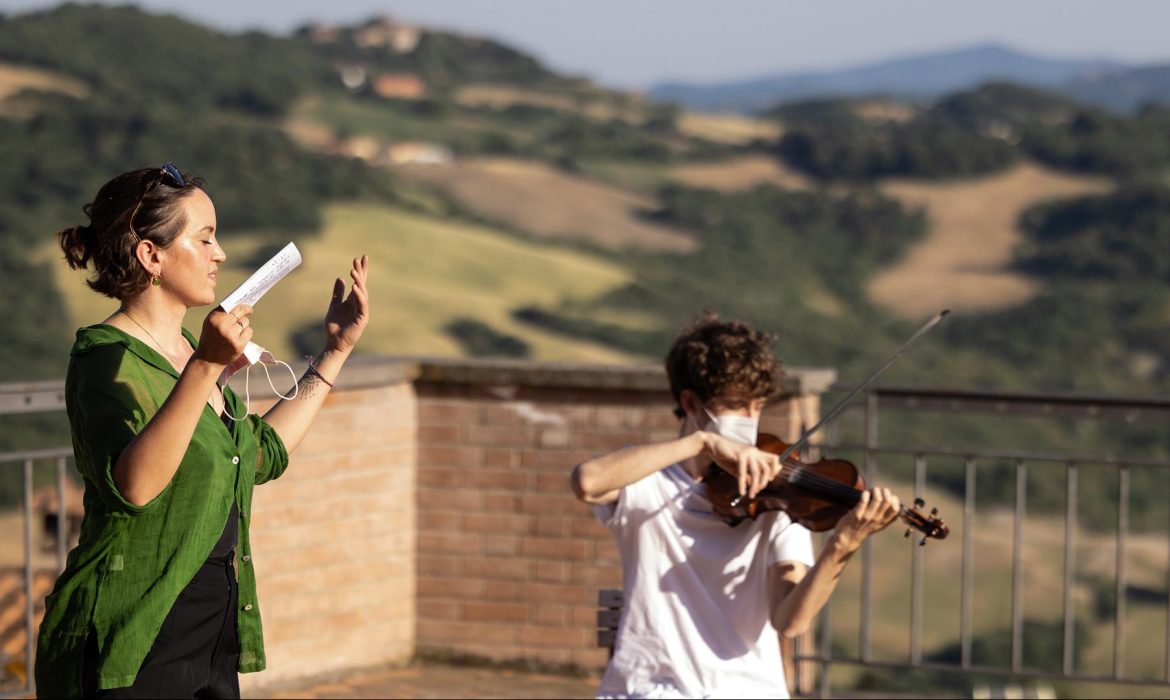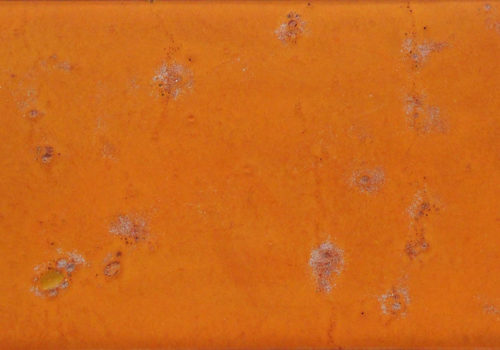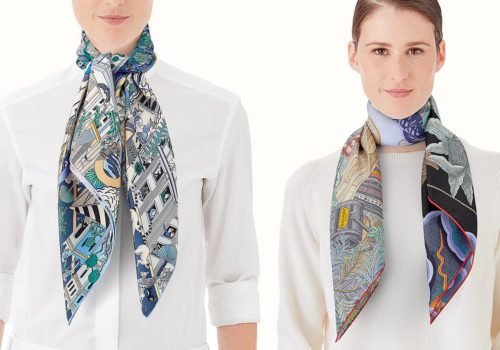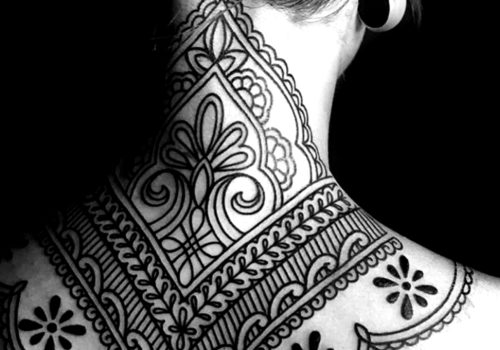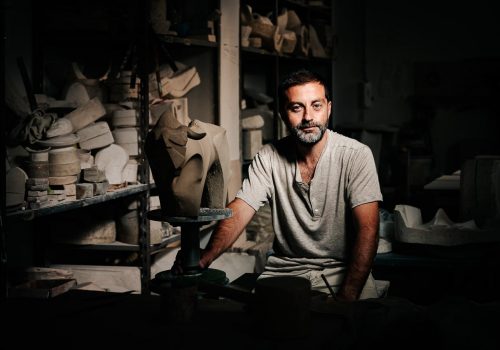For the third edition, every region will present an artist to enhance a town
The first weekend of summer coincides with the opening of the third “Una boccata d’arte” – “A Breath of Fresh Art” – the contemporary art project by the Fondazione Elpis, created in collaboration with Galleria continua and with the participation of Threes productions. The project promotes the installations, exhibitions and performances of 20 sculptors and painters in 20 towns, one for each region, to enhance the relationship between heritage and creativity. The festival will end on September 18th, the last Sunday in the summer of 2022.
The project, as described above, involves all of Italy to highlight performers of various ages, cultures and geographic origin, with the aim of developing a special kind of tourist itinerary. Since 2020, it has invited audiences every year to discover 20 different towns rich in centuries-old traditions and landscapes of great beauty. Because they are so small, these towns become privileged venues for fostering a close and authentic encounter with contemporary art, made unique by the surprising dialogue generated between territory, talent, residents and visitors. The installations featured in these town contribute to increasing tourism in the innermost areas, far from the major tourist flows and more common tourist circuits, and invite us to shift our perspective and rediscover stories and corners of great beauty that remain relatively unknown in our country.

Una Boccata d’Arte 2021 © Camilla Glorioso
In illustrating the initiative Marina Nissim, the president of the Fondazione Elpis, explains: «This is a diffuse project, of national breadth for a collective participation in beauty and culture, which, since it was founded in the midst of the pandemic, has progressively consolidated its initial vocation to encourage local communities and the art world, and has formed a veritable network of artists, curators, associations and local entities that is growing year after year, and now includes a number of foreign performers».
The values of encounter and dialogue have led us to seek and involve three Ukrainian artists, whose diversity of personal experiences and language have enriched this edition.
Maurizio Rigillo, gallery director
More in detail, the towns involved this year include Morgex in the Valle d’Aosta with the installation “Ai camminatori di storie” by Antonio Della Guardia, composed of seven walking sticks that allude to the local woodworking tradition. At Neive, near Cuneo, Natàlia Trejbalovà presents “Picnic on the side of the road”, which merges science fiction with the richness of the territory’s subsoil and biodiversity, creating a parallel between aliens and mushrooms.
“Endless shine of human violence” by Alina Kleytman in the town of Cigognola near Pavia, features debris and household objects collected in Ukraine after the bombings, and reinterpreted in an installation that activates a dialogue with the Monument to the fallen soldiers of both world wars.
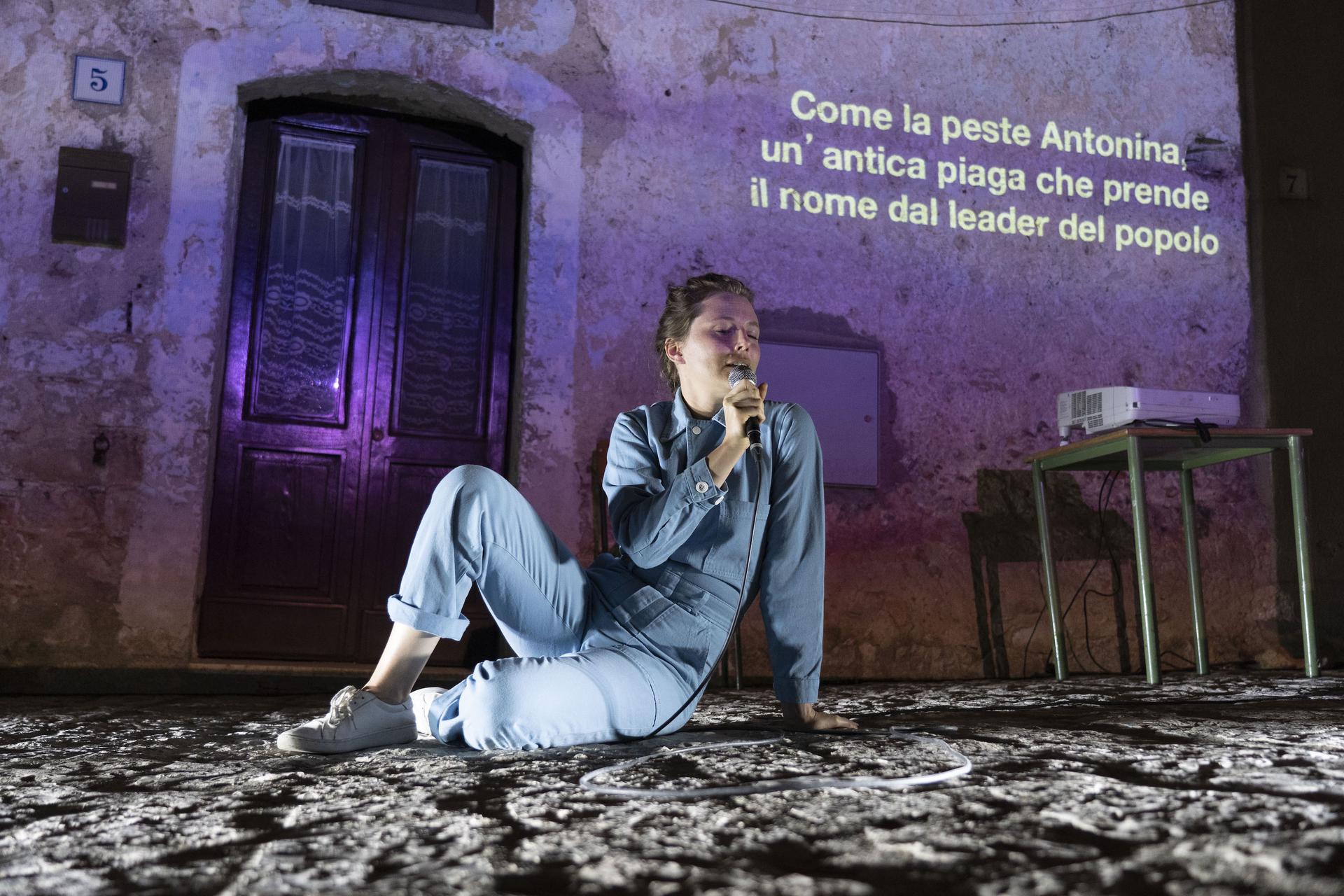
Una Boccata d’Arte 2021 © Giovanni Lancellotti
At Montemarcello near La Spezia, tourists are invited to view “Caro Montemarcello”, in which the author Alice Ronchi involved residents in talking about the sense of community and love that pervades the town, in a participated performance marked by a steel sign positioned on the portal of the defensive walls.
In the town of San Lorenzo Dorsino in the area of Trento, “Il Salmerino viandante” by Giulia Mangoni is a diffuse itinerary composed of ten bronze sculptures and a painting dedicated to the fish that is the symbol of the Alpine region. It aims to offer food for thought about climate change and the defence of biodiversity.
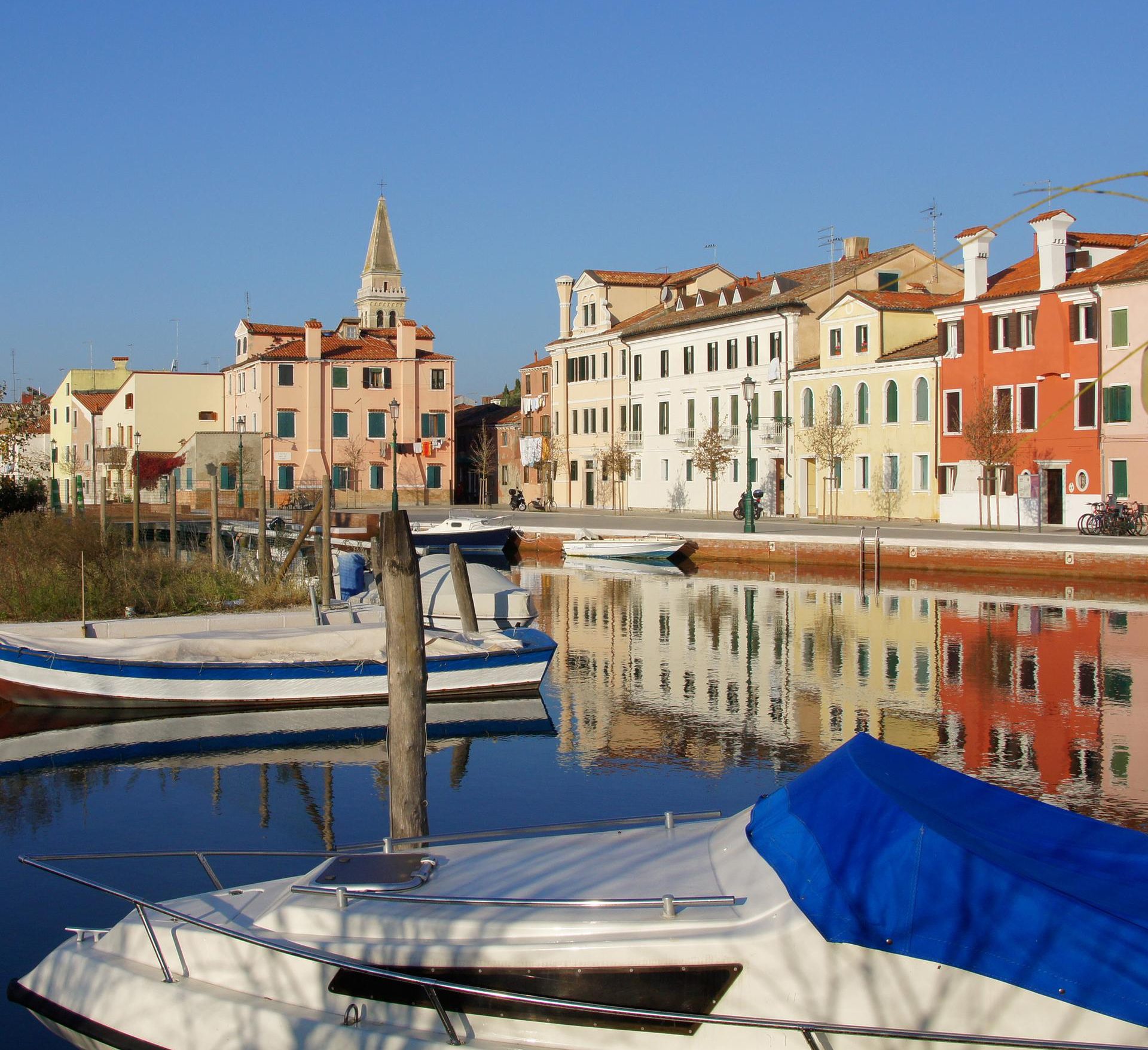
Malamocco, Venice
Lucia Cantò has involved the residents of Malamocco, in the Venetian lagoon, in the work “Restrizione emotive” featuring 12 sculptures that present 12 phrases spoken by the residents of the town; “Così per dire” by Riccardo Benassi in Pesariis, in the area of Udine, represents an unembodied performance composed of a monologue projected onto the façade of an abandoned school with a white laser that is synchronised daily, like a clock, the symbol of the town, with the valley’s cycle of daylight.
Diana Policarpo, at Montegridolfo near Rimini, has created “Hyperbolic Dreams” as an invitation to take botanical walks in the company of a local tour guide with the help of sound tracks designed for meditation, and a sculpture that greets the visitor at the entrance to the town; “Il dolce dolore” by Serhiy Horobets at Sorano, near Grosseto, is a diffuse exhibition of photography and sculptures in which the protagonist is a deformed female bust, a metaphor for the wounds of time, globalisation and war.
Four paintings that offer a synthesis of architecture and society in Cuba, and two videos based on the experiences and friendships which arose in the town during Luis Lòpez-Chavez’s stay near Perugia, are the components of “Nadine in Panicale”; while at San Costanzo (Puglia) the local theatre and bakery host video, sound and light installations in an itinerary marked on the ground by chalk drawings, giving life to “Per vari motivi” by Eva Marisaldi.
In the city of Fumone near Frosinone, “Intangibile” by Dessislava Madanska is a perceptive experience which tells the story of the town in three living sculptures inspired by the fog, the belltower and the local quarry.
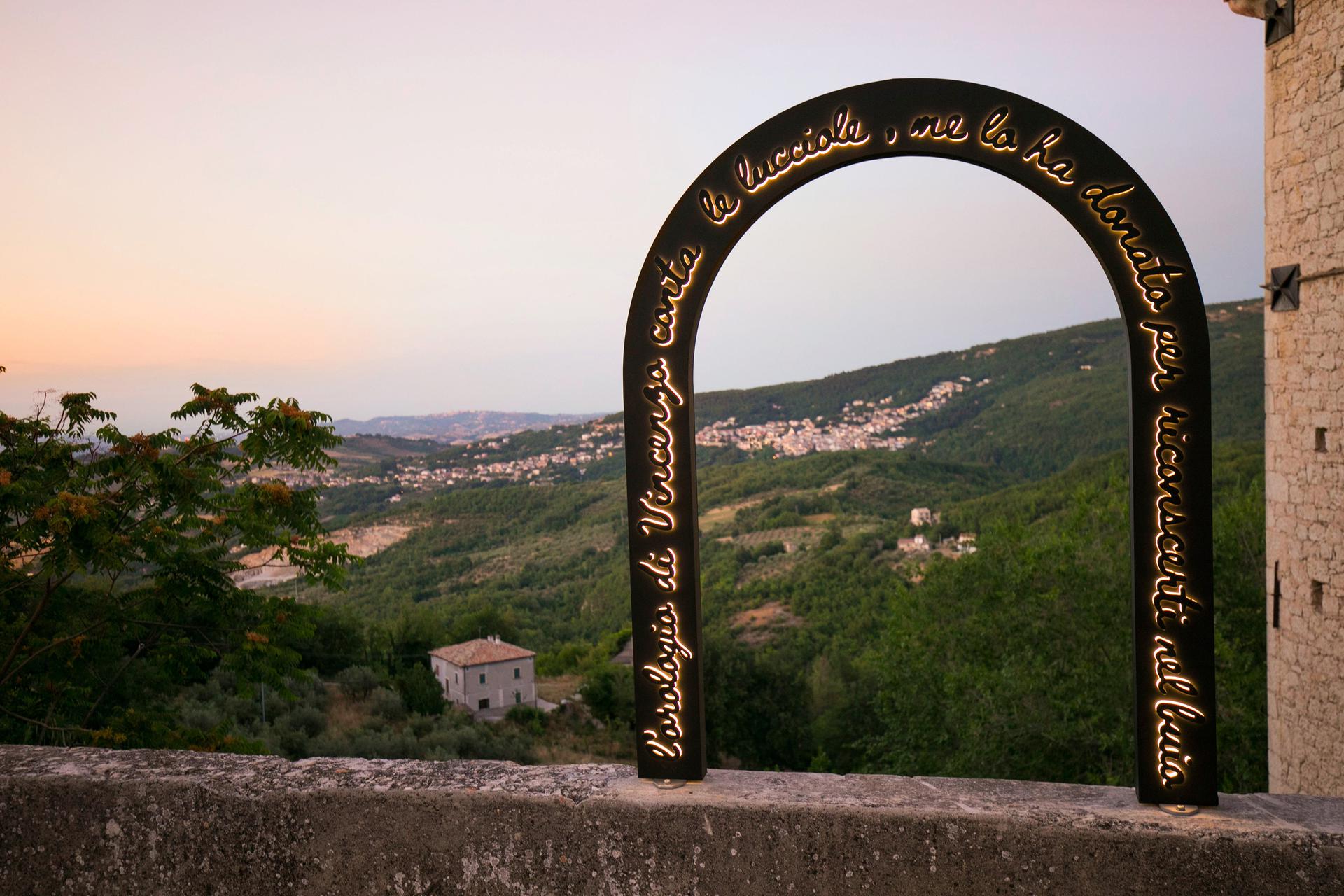
Una Boccata d’Arte 2021 © Andrea Fiordigiglio
Sounds, drawings and lights are the protagonists of “Il pomeriggio della vita” that Tommaso Spazzini Villa displays at the Castello d’Evoli at Castropignano, near Campobasso; while “Tesori e Meraviglie” by Victor Fotso Nyie at Rocca San Giovanni, in the province of Chieti, is a diffuse project of ceramic sculptures and installations inspired by the town’s Medieval past and by the discovery of a sea turtle on its beaches.
Near Salerno, Fabrizio Bellomo’s work titled “Albori è destinate a scomparire?” brings to the surface stories and memories, thanks to a collective effort involving the residents and the ceramic artisans; “Maratona” by Simone Bacco at Spinazzola in the Puglia region is a collective performance, a veritable competition open to residents and visitors, which is impossible to win given that the perimeter of the city is only 700 metres around.
Hanne Lippard in Grottole, in the province of Matera, presents “Ruin”, a site-specific sound installation in conversation with the Diruta Church, a monument-ruin with an unusual elliptical dome that is a trait d’union between heaven and earth.
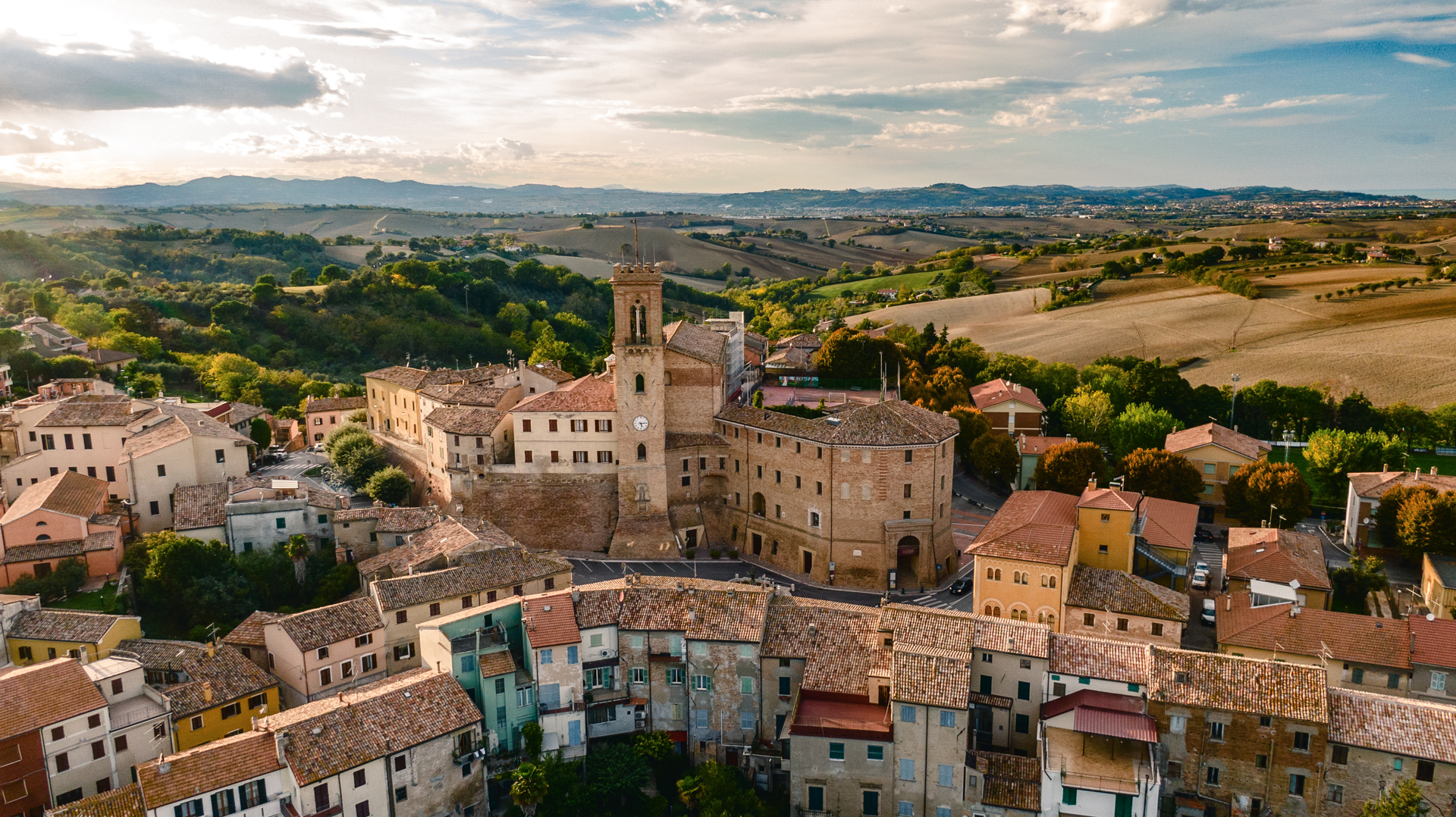
San Costanzo © Wilson Santinelli
In the area around Cosenza, in San Donato di Ninea to be specific, Anna Avyagintseva presents her project “To the rocks that hold roofs and to the plants that grow through stones”: a large flag hand-printed by the artist and sewn onto the spontaneity of nature and architecture in San Donato, a tribute to resistance with no political overtones.
Five installations that interweave reality, myth, religion and magic are the work of Isaac Chong Wai in his piece “Post-mythical accidents” that may be admired in Castiglione di Sicilia in the province of Catania.
“Paphos” by Ludovica Carbotta in the town of Aggius near Sassari is a participatory architectural installation, assembled with natural and artificial materials such as wood, cork, wool and reused materials, which will gradually evolve over time.
Cover photo: © Nicola Ughi
Translated by: Olga Barmine
© ALL RIGHTS RESERVED


